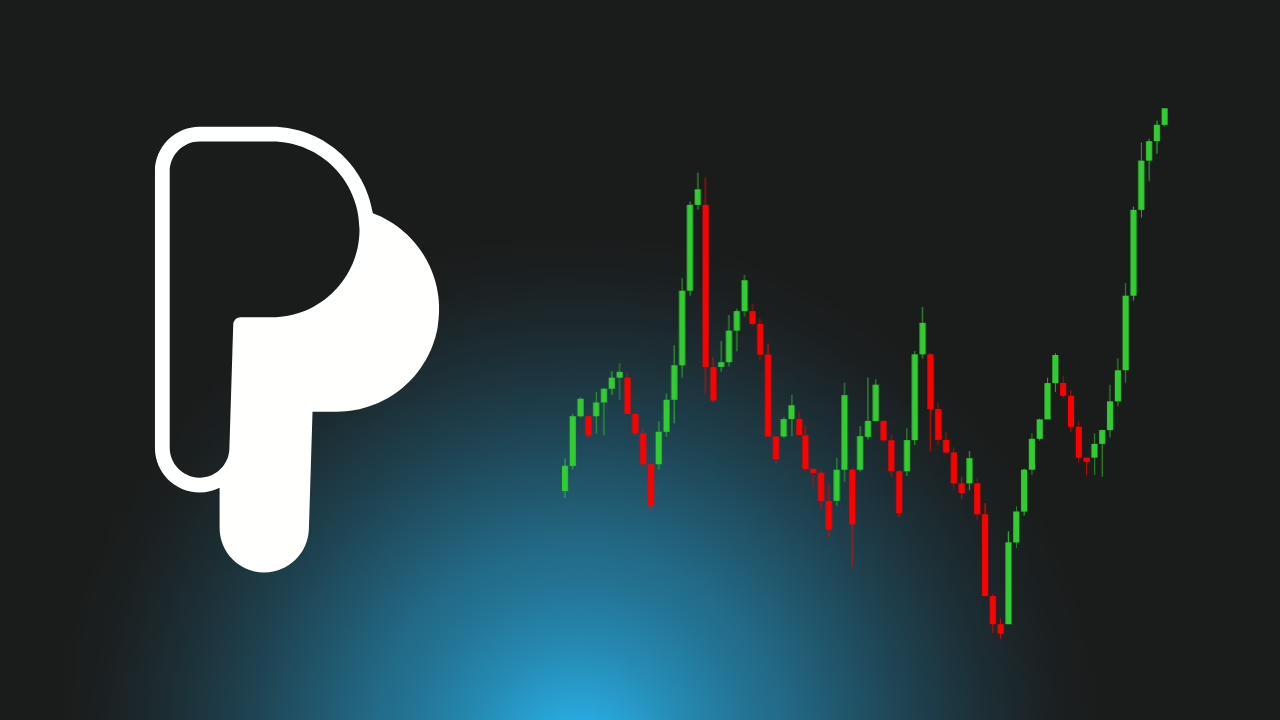The bear call spread is a bearish options strategy used when an investor expects a moderate decline in the price of an underlying asset. It’s a limited risk, limited reward strategy that involves simultaneously selling a call option at a lower strike price and buying another call option at a higher strike price, both with the same expiration date. Because the premium received from the short call is typically higher than the premium paid for the long call, this strategy is usually established for a net credit. It’s also known as a credit call spread or short call spread.
Here’s a breakdown of the components and mechanics:
Components:
- Short Call (Selling to Open): You sell a call option with a specific strike price (closer to the current market price). This generates premium income for you. You are obligated to sell the underlying asset at this strike price if the option is assigned by the buyer.
- Long Call (Buying to Open): Simultaneously, you buy a call option on the same underlying asset with the same expiration date but at a higher strike price. This purchase acts as a hedge, limiting your potential losses if the price of the underlying asset rises significantly.
How it Works:
The strategy aims to profit in the following scenarios:
- The price of the underlying asset stays below the lower strike price at expiration: In this case, both call options expire worthless. You keep the net credit received when you initiated the trade as your maximum profit.
- The price of the underlying asset rises, but stays below the higher strike price at expiration: The short call will be in the money and could be assigned. However, your long call will also be in the money, allowing you to buy the shares at the higher strike price to cover the assignment from the short call. Your profit will be the initial credit received minus the difference between the market price at expiration and the lower strike price (up to the point where it reaches the higher strike).
- Time Decay (Theta): As the expiration date approaches, the time value of both call options decreases. Since you are short the lower strike call, this decay works in your favor.
Profit and Loss Profile:
- Maximum Profit: Limited to the net credit received when initiating the spread. This occurs if the underlying asset price is at or below the lower strike price at expiration.
- Maximum Loss: Limited to the difference between the two strike prices minus the net credit received. This occurs if the underlying asset price is at or above the higher strike price at expiration.
- Breakeven Point: Lower strike price plus the net credit received. If the price of the underlying asset is above this point at expiration, the trade will result in a loss.
Example:
Let’s say a stock is trading at $50. You believe it will moderately decline or stay relatively flat. You decide to execute a bear call spread:
- Sell a call option with a strike price of $55 for a premium of $1.50.
- Buy a call option with a strike price of $60 for a premium of $0.50.
Net Credit: You receive a net credit of $1.00 per share ($1.50 – $0.50). This is your maximum potential profit.
Maximum Risk: The difference between the strike prices is $5 ($60 – $55). Your maximum loss is $5 – $1 (net credit) = $4 per share.
Breakeven Point: Lower strike price ($55) + Net credit ($1) = $56.
Possible Outcomes at Expiration:
- Stock price at $54: Both calls expire worthless. You keep the $1.00 profit per share.
- Stock price at $57: The $55 call is in the money by $2, and the $60 call expires worthless. You would likely have to buy the stock at $57 to cover the short call obligation, resulting in a $2 loss on that leg. However, you initially received $1.00, so your net loss is $1.00 per share ($2 loss – $1 credit). Alternatively, you could close your short call position before expiration, likely at a cost.
- Stock price at $62: Both calls are in the money. The $55 call would be assigned, and you’d have to sell shares at $55. However, your $60 call allows you to buy shares at $60. The difference between the strikes ($5) minus the initial credit ($1) results in your maximum loss of $4 per share.
When to Use a Bear Call Spread:
- When you have a moderately bearish outlook on the underlying asset.
- When you want to generate income (the initial credit).
- When you want to limit your risk compared to selling a naked call option (which has unlimited potential loss).
- When implied volatility is relatively high, as this can lead to higher premiums for the call options you sell.
Advantages:
- Limited Risk: Your maximum loss is capped and known upfront.
- Generates Income: You receive an initial credit when establishing the trade.
- Lower Margin Requirements: Compared to selling a naked call, the margin requirements are typically lower due to the capped risk.
- Profits from Time Decay: Theta works in your favor as expiration approaches.
Disadvantages:
- Limited Profit Potential: Your maximum profit is capped at the initial credit received.
- Requires the Underlying to Stay Below a Certain Level: If the price rises significantly, you will incur a loss.
- Assignment Risk: You could be assigned on the short call if it goes in the money.
In summary, the bear call spread is a valuable options strategy for investors with a moderately bearish outlook who want to generate income with defined risk and reward. It’s a more conservative approach than simply buying put options or shorting the underlying stock.




